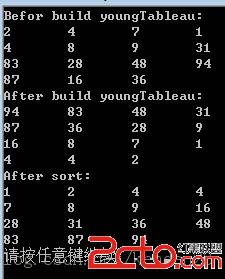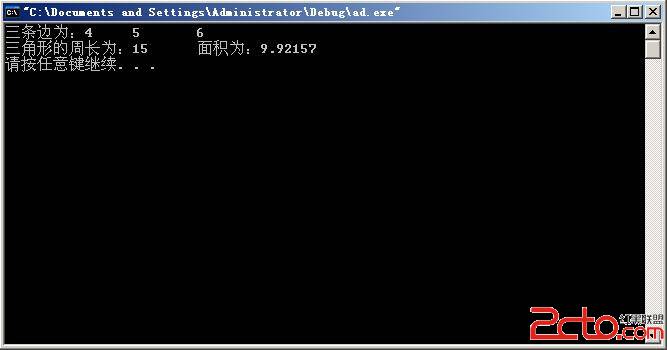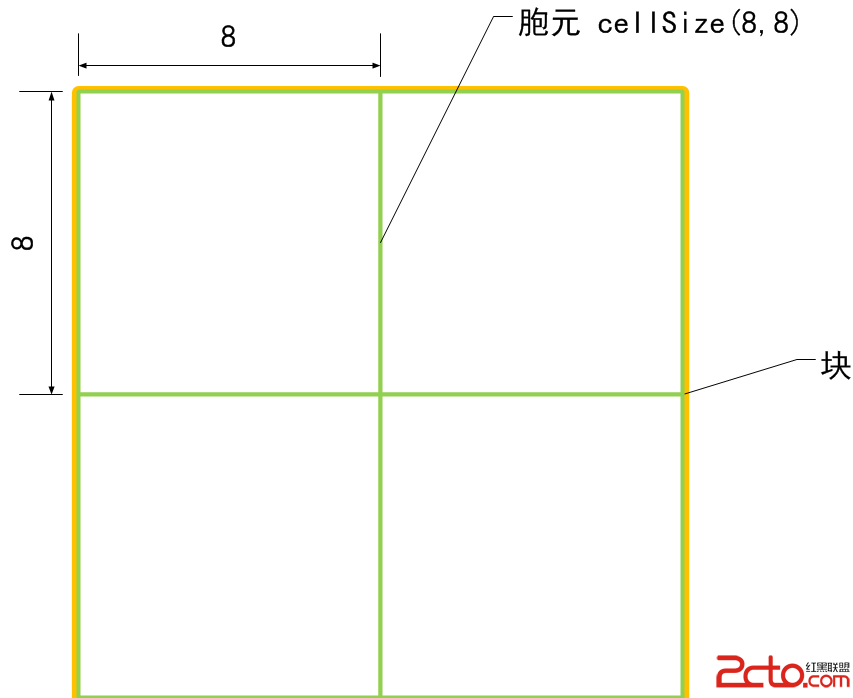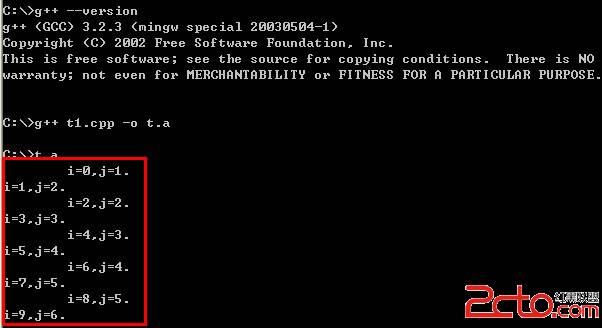LeetCode Merge K Sorted Lists 问题和解答程序 C++ priority queue实现方法
Merge k Sorted ListsMerge k sorted linked lists and return it as one sorted list. Analyze and describe its complexity.
其实这个问题真没有什么“技巧”;想多了反而不好。不外乎就两种方法吧:
1. 各列数量头一个数组成一个数组,然后取其最大者,插入新的数组。
2. 反复调用两个数组合并的函数k-1次
下面是第一种方法,用了STL容器priority_queue来实现。当然还有很多其他方法实现。要使用这个容器的技巧就是:增加一个adaptNode相当于一个adaptor,使得可以使用priority_queue,否则因为原来的ListNode没有< >的操作而无法使用这个容器的。
#include<iostream>
#include<vector>
#include<functional>
#include<queue>
using namespace std;
//Definition for singly-linked list.
struct ListNode {
int val;
ListNode *next;
ListNode(int x) : val(x), next(NULL) {}
};
//For adding operator < and >; So that we can form priority_queue
struct AdaptNode{
int val;
ListNode *cur;
AdaptNode(ListNode *node):cur(node)
{
if(node == NULL)
val = INT_MAX;
else
{
val = node->val;
}
}
bool operator<(const AdaptNode& an)const
{
return val<an.val;
}
bool operator>(const AdaptNode& an)const
{
return val>an.val;
}
};
class Solution {
public:
ListNode *mergeKLists(vector<ListNode *> &lists) {
if (lists.empty()) return NULL;
priority_queue<AdaptNode, vector<AdaptNode>, greater<AdaptNode> > pq(lists.begin(),lists.end());
ListNode head(0);
ListNode *cura, *small;
cura = &head;
small = pq.top().cur;
while (pq.top().val != INT_MAX)
{
//nextNode = small->next;
cura->next = small;
cura=cura->next;
//small->next = NULL;
pq.pop();
pq.push(AdaptNode(small->next));
small = pq.top().cur;
}
return head.next;
}
};
int main()
try
{
{
ListNode head(0);
ListNode fir(1);
ListNode sec(2);
ListNode thi(3);
ListNode fou(4);
ListNode fiv(5);
ListNode six(6);
ListNode sev(7);
ListNode eig(8);
ListNode nin(9);
ListNode ten(10);
ListNode da(6);
ListNode db(9);
ListNode dc(10);
ListNode de(19);
ListNode df(100);
ListNode *pHead1;
ListNode *pHead2;
ListNode *pHead3;
pHead1 = &head;
pHead2 = &six;
pHead3 = &da;
da.next = &db;
db.next = &dc;
dc.next = &de;
de.next = &df;
head.next = &fir;
fir.next = &sec;
sec.next = &thi;
thi.next = &fou;
fou.next = &fiv;
fiv.next = NULL;
six.next = &sev;
sev.next = &eig;
eig.next = &nin;
nin.next = &ten;
ten.next = NULL;
vector<ListNode *>lists;
lists.push_back(pHead1);
lists.push_back(pHead2);
lists.push_back(pHead3);
ListNode *pn(NULL);/*
pn = &head;
for(; pn!=NULL; )
{
cout<<pn->val<<" ";
pn=pn->next;
}
cout<<endl;
*/
Solution solu;
pn = solu.mergeKLists(lists);
//pn = &head;
for(; pn!=NULL; )
{
cout<<pn->val<<" ";
pn=pn->next;
}
cout<<endl;
return 0;
}
}
catch(out_of_range)
{
cerr<<"range error\n";
}
catch(...)
{
cerr<<"unknow exception thrown\n";
}
补充:软件开发 , C++ ,




